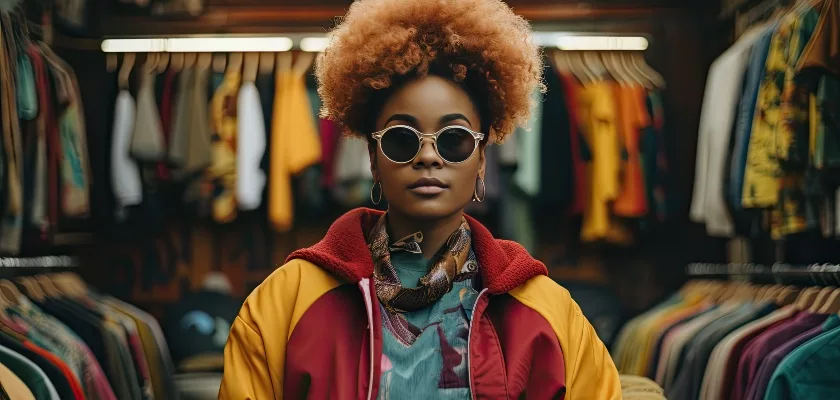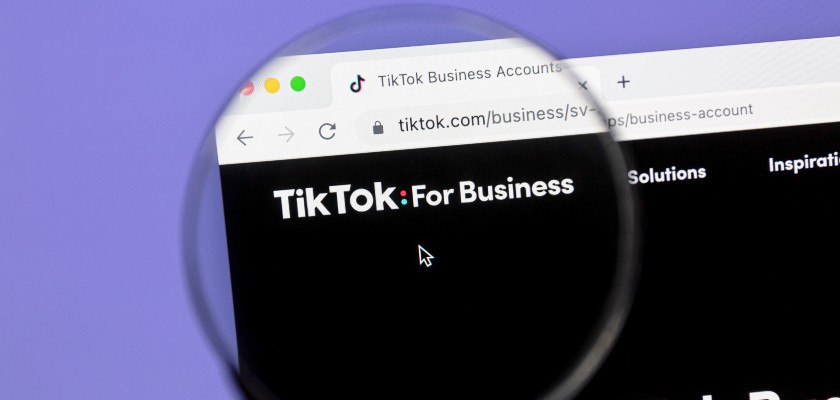- All
- Social Media Marketing
- Digital Marketing
- Agency Growth
- AI Marketing
- Web Design
- E-commerce
- Digital Advertising
- SEO
- Fashion & Retail Marketing
- Content Marketing
- Influencer Marketing
- Email Marketing
-
+21 Categories
- Healthcare Marketing
- Beauty & Cosmetics Marketing
- Sports Marketing
- Food & Beverage Marketing
- Digital Agency Career
- Luxury Marketing
- IT & Tech Marketing
- B2B Marketing
- Automotive Marketing
- Education Marketing
- Hospitality Marketing
- Media & Entertainment Marketing
- Travel & Tourism Marketing
- Finance Marketing
- Startup Marketing
- Real Estate Marketing
- FMCG Marketing
- Virtual Reality & Augmented Reality
- Legal Marketing
- Wellness & Fitness Marketing
- Mobile Marketing
-
Agencies
- USA
- UK
- Canada
- Australia
- Europe
- Asia
- All Agencies
-
Resources
Join ToolsPromote your SaaS tools and connect with digital agencies and marketing professionals around the world.E-GuidesOthersEventsPromote Your Marketing EventShare your event on digital marketing, AI, and more — reach a wider audience!
- Feed
-
Jobs
-

Media Buyer for B2B SaaS Ad Agency
We're a rapidly growing digital marketing agency and we're looking for a media buyer to...
InterTeam Canada, Toronto
-

Tracking Expert
Description: InterTeam is a small paid ads agency that specializes in B2B SaaS. We need...
InterTeam Canada, Toronto
-
- AI Hub
Return to Main Menu
































